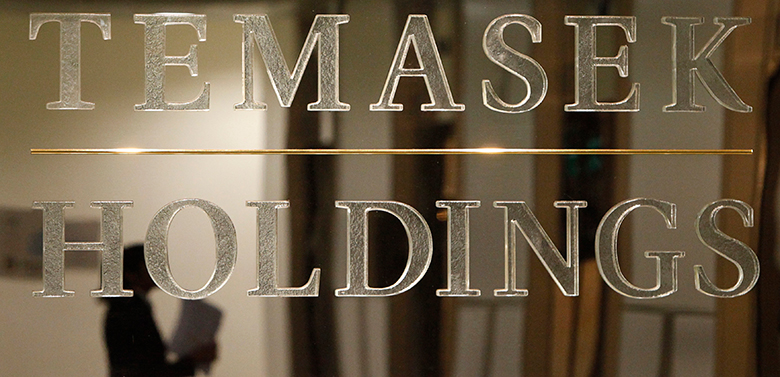The most important number in Tuesday’s Temasek review for the Singaporean sovereign wealth vehicle was this: it divested S$28 billion ($20.6 billion) of assets, S$4 billion more than it invested.
This is what a dynamic equity-based portfolio looks like in the middle of a trade war. Temasek faces a challenging environment, given its mandate: it can’t retreat to cautious debt holdings or alternatives, as GIC can, but has to stay either in listed companies or pre-listing positions.
It has handled the environment deftly enough. In the year to March 31 it delivered a total shareholder return up 1.49% year on year, with the portfolio climbing S$5 billion to S$313 billion net; it is telling that the fund gained S$9 billion in dividends through the year, a contribution that has rarely been more crucial.
The message it’s trying to give is: times are tough, but we’ve got this
Surprisingly, divestments were often not in heavyweights but in companies key to the fund’s life science and tech investment themes: it moved out of Gilead Sciences, Cargill Tropical Palm and Klabin, while trimming its stakes in Alibaba, CenturyLink and IHS Markit. (The Bank Danamon divestment in Indonesia will feature in next year’s numbers.)
It kept those themes alive by making new investments including in US digital solutions provider UST Global, Indian online ride-hailing company OlaCabs and Brazilian healthcare e-commerce company Bionexo.
Challenging times
A closer look at the portfolio shows how the fund has tried to tilt in challenging times. The biggest shift is that the percentage of listed large blocs in which the fund holds a larger than 50% share dropped from 15% to 12%. Unlisted assets rose from 39% to 42% of the portfolio – now comfortably the largest segment of the Temasek portfolio.
Geographically, the fund has sought growth and security in North America, rising from 13% to 15% of the portfolio, while slimming the proportion held in Singapore and ex-China Asia.
| Lim Boon Heng, Temasek |
China, perhaps surprisingly given the macro environment, has stayed steady at 26% of the portfolio, level with Singapore as the biggest geographical position.
Europe is modestly up, Australia and New Zealand modestly down; the 25% now held in North America and Europe is an unusually high position.
Positions in life sciences, agribusinesses, consumer and real estate grew as a percentage of the portfolio, while financial services and TMT – still the biggest areas of investment – declined.
Chairman Lim Boon Heng tried to shift the focus to sustainability and climate change; Temasek International chief executive Dilhan Pillay reiterated the thematic tilt towards transformational technologies, sustainable living, longer lifespans and changing consumption patterns, saying: “We will increasingly reshape our portfolio in line with these trends.”
Time horizon
The message here is that Temasek is trying to invest for a far longer time horizon than the one expressed by a moribund year and awkward geopolitics. It talks about longer lifespans, rising affluence, connectivity, sustainable living: the big game of generational investment trends.
When Temasek wants to highlight its investments, it draws the attention towards Neoen, a solar company, or Pivot Bio, a synthetic biology company, or BeiGene, which develops cancer therapies in China, rather than blue-chip stalwarts such as DBS and China Construction Bank, whose dividends anchored returns last year.
For what it’s worth, Png Chin Yee, the senior managing director for portfolio strategy and risk, expects macro problems to continue to dampen business confidence and investment, but also that policymakers will “be primed for dovish policies that could cushion any substantive pressure on growth.”
A resulting low-interest environment could lower return expectations for the longer term.
But that’s not really what the management wants us to focus on. The message it’s trying to give is: times are tough, but we’ve got this, because we know what’s coming a generation ahead and we’re positioned for it now.
In the meantime, though, it would be bold to expect much of a bounce soon.
NOTE: Do you want to trade at forex professionally? trade with the help of our forex robots developed by our programmers.
Signal2forex reviews


 Signal2forex.com - Best Forex robots and signals
Signal2forex.com - Best Forex robots and signals




